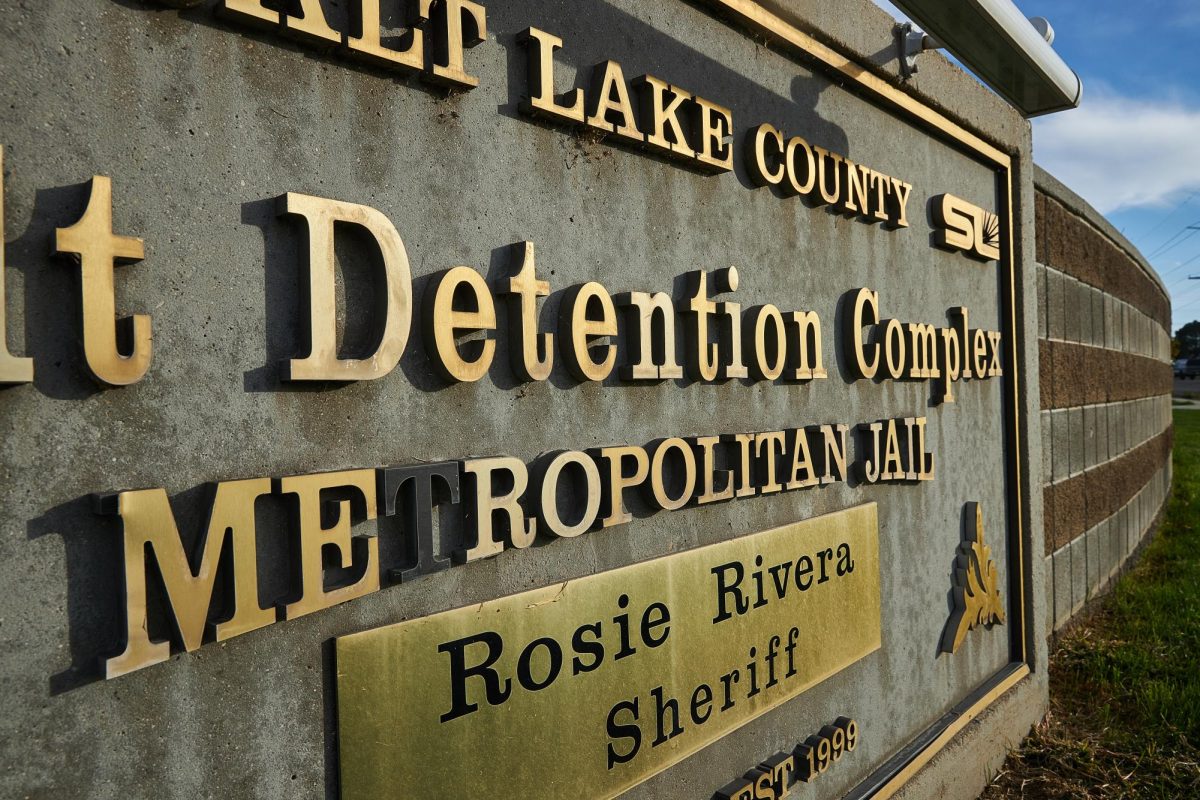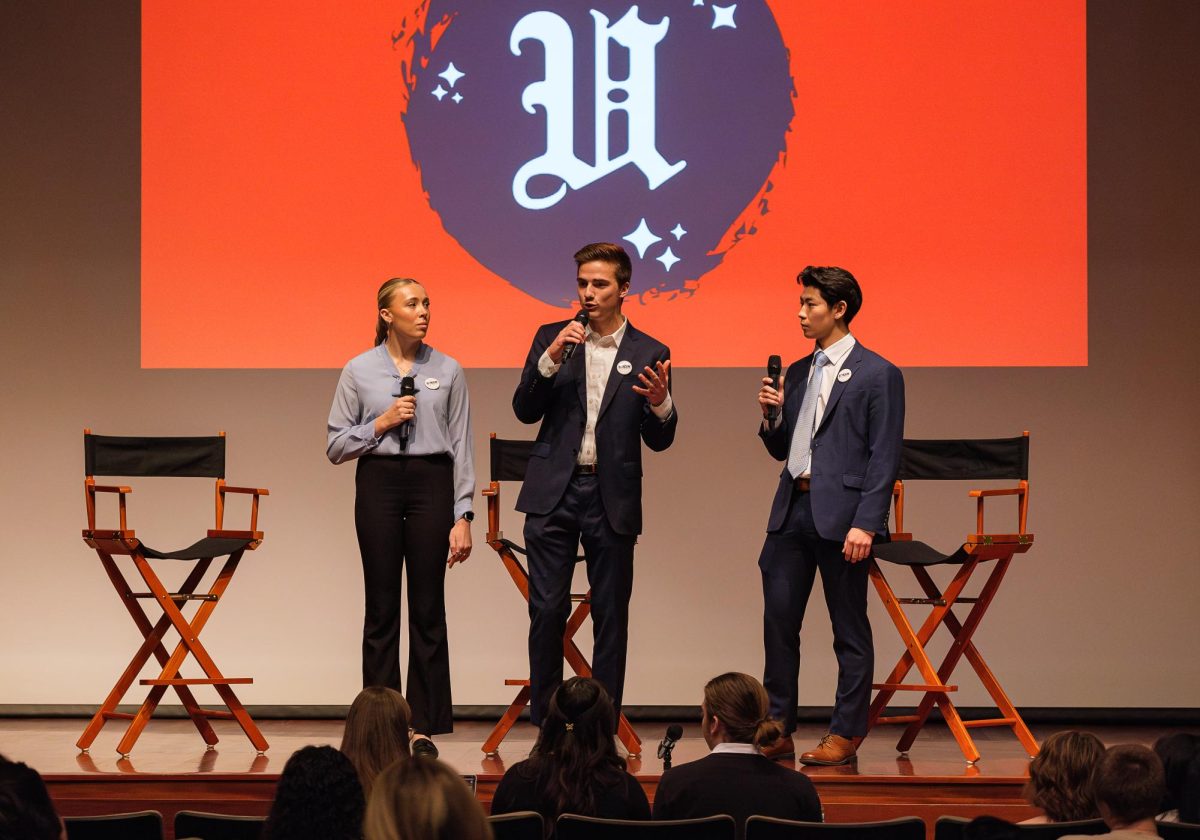Dunn: We Must Do Better with True Crime
March 21, 2023
In fall of 2021, Gabby Petito’s case caught media headlines by storm, capturing national attention. It became the focus of many real-life and internet conversations. And back in February, a new photo was released to update the case, showing Petito with distinct bruises around her eye. While this photo was evidence of the abuse she had told police about in their encounter right before her death, this development has not seen the levels of coverage the case initially had.
When cases like Petito’s come to public attention, they spread far and fast, reaching popularity from widespread social media, true crime docuseries, movie and podcast coverage. When these cases fall from popular status, it leads to missed opportunities and contributes to the public attitude’s of true crime being entertainment and not tragedy. By not treating true crime cases with the gravity and consistent attention they deserve, we harm investigations and the criminal justice system.
The released photo from Gabby Petito’s case demonstrates how her abuse allegations should have been taken seriously by police, who not only let Petito and her boyfriend Brian Laundrie continue on together after their interaction, but initially claimed Petito had been the aggressor. The photo update also helps show how police involvement in abuse cases can be improved. We must hold the Moab police accountable and set an example for future cases like Petito’s.
But since the update comes nearly a year and a half after the case, people aren’t as engaged with it as they once were. Popular true crime shows and podcasts haven’t covered or included the update in Petito’s case. While it is hard to stay involved in cases that have stretched on for so long, more awareness would help to constantly improve police interactions and practices and other aspects of the criminal justice system.
One reason the photo of Petito isn’t as widely covered is because the story isn’t the sensational live case it was: the case has come to a perceived satisfactory end, where the killer is known and the investigative searches are over.
This mentality of cases needing entertainment value is not new and has come about from a pattern of glorifying true crime. Podcasts and docuseries, including “My Favorite Murder” and “Dateline,” cover multitudes of cases. Dramatized shows and movies such as Netflix’s “Dahmer” and “Extremely Wicked, Shockingly Evil and Vile” have become large hits. Even Petito’s case has had a movie made about it.
The common thread between these media is the sensationalism of true crime cases, which leaves the public desensitized to the tragedies and creates inaccurate portrayals of crime and the justice system.
There can be benefits to widespread news and social media coverage, such as sightings of missing persons or tips. However, when cases become big media stories, people are only helpful as long as it’s popular. For stories that aren’t popular, there is no public involvement or assistance.
An example of this comes in the form of “missing white-woman syndrome.” “Missing white-woman syndrome” is the phenomenon where missing white women tend to get more media coverage than any other missing demographic. A 2016 study found that Black people are significantly under-represented in media coverage. Indigenous missing persons also do not generate much media coverage, despite there being 710 Indigenous missing persons between 2011 and 2020 in the same state Petito’s remains were found.
While media coverage was beneficial in locating Gabby’s remains, that benefit isn’t shared by low-coverage cases.
True crime media must be more mindful. News outlets and social media can be useful tools to educate the public and spread awareness. This can be education on current cases, case prevention and finding possible leads.
Captain Brian Lohrke, from the University of Utah’s Public Safety Department, said, “We can put out a lot of information on social media that’s educational.” He also said that “the hard part, a lot of times, especially with policing, is gaining the trust of people to come talk to you. And through social media, sometimes people feel a little safer.”
Additionally, some true crime media use their platform for criminal justice involvement. “Crime Junkie” podcast, which creates and promotes its nonprofit organization Season of Justice, provides funding for DNA analyses. The podcast “My Favorite Murder” has donated profits to charities that test rape kits. These shows encourage listeners to get involved through donations and petitions, unlike Netflix’s show “Dahmer,” which was created for drama and profit without consulting victims’ families.
As consumers, we must be mindful too. While I love a good true crime story, we have to remember these are real people with real trauma who deserve to be treated with respect. When we only involve ourselves with trending cases, it removes us from the case, decreasing empathy and involvement and desensitizing us. However, if we are more involved by being aware of cold cases and case updates, donating to nonprofits and looking for areas of reform, we can still enjoy the macabre cases while being mindful of victims’ situations.








